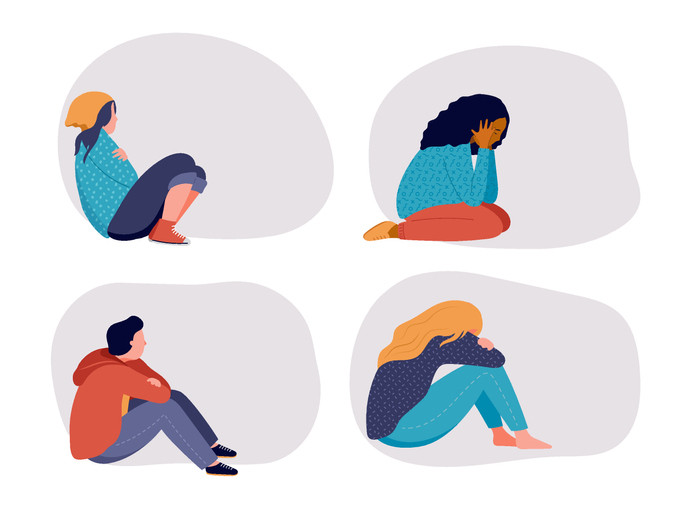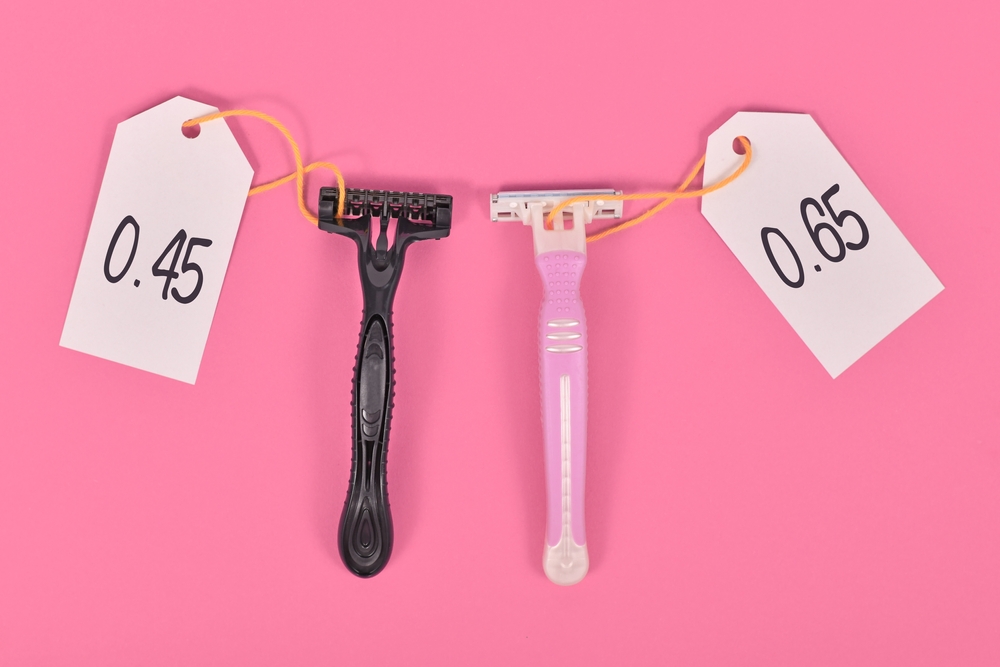Anya Yang (10) | STAFF REPORTER
From the beginning of time, people have been hopping in on trends just to gain social respect/recognition. We’ve all seen it before. Rainbows in app logos, shirts, pencil cases. Some forms of #BlackoutTuesday. Performative activists don’t understand the purpose of activist trends, and don’t do any actual advocation for intended social change of the movement. Individuals are guilty of it, corporations are guilty as well, and more.
But that begs the question: even if some activism is performative, is it really more harmful than beneficial?
Even though support and social awareness is a prerequisite for any given social movement to gain traction and create change, performative activism often misuses the movement as a whole. Performative activism is more harmful than beneficial because even though it brings awareness to social movements, performative activist voices often drown out the actual movement and the performer does not truly engage with the movement.
Even though the prerequisite for change from activism is support and relevancy within larger society, social movements are often washed out by performative activists. Oftentimes performative activism occurs on social media: users are encouraged to repost and like trending posts about anything from black squares to an infographics show on usage of pronouns. This is then reposted onto Instagram stories and accounts, sent to friends/family and more. This mass sharing of social media posts and information leads to a wider audience of people with access and can learn about how they can help. This can of course, lead to wider education on specific and engage people with previously untalked-of topics, but it also is often drained of its original message.
An example of this is #BlackoutTuesday. Started by two executives from the music industry, Brianna Agyemang and Jamila Thomas, it aimed to pause most business on Tuesday. Users on Instagram were encouraged to post pitch-black squares to show solidarity. Some even promised to mute themselves for a day on Instagram.
However, what occurred was mass amounts of people who didn’t understand the movement itself reposting pictures of black squares underneath the hashtag. Critics say that although the general intent of the people was to help, the posts that actually educated the public about happenings of society were drowned out. People continuously posting more and more black squares onto the platform had no idea why exactly it was happening; the intent of the campaign was lost in the flood of messages.
Performative activism is comprised of individuals claiming that they support a cause, that they truly care, and that they are genuinely making a difference in the world. Contrary to this, performative activists do not truly make genuine contributions to movements because although they spread awareness about the movement, they do not educate nor inform others why this movement matters, or what the movement truly stand for. They do not understand the concepts themselves, and typically only want a couple of likes and social capita in exchange for 1 minute of reposting.
This means that the awareness that performative activism brings does not truly exist: people are not informed by performative activism, therefore they do not know how to make real change with the movement. Yes, oftentimes people reshare and repost messages, but usually they are forgotten about easily and are only spoken about, and actionable change does not occur.
In performative activism, there is no real meaning behind sharing and reposting because the message is lost in the process, and it does not create the social awareness that movements strive for. Thus, although performative activism brings awareness, it often diminishes the key issues the movement wants to address. Neither does it typically create change, which makes it more harmful than beneficial.
Advocate and become an activist: just as long as it is not performative.


